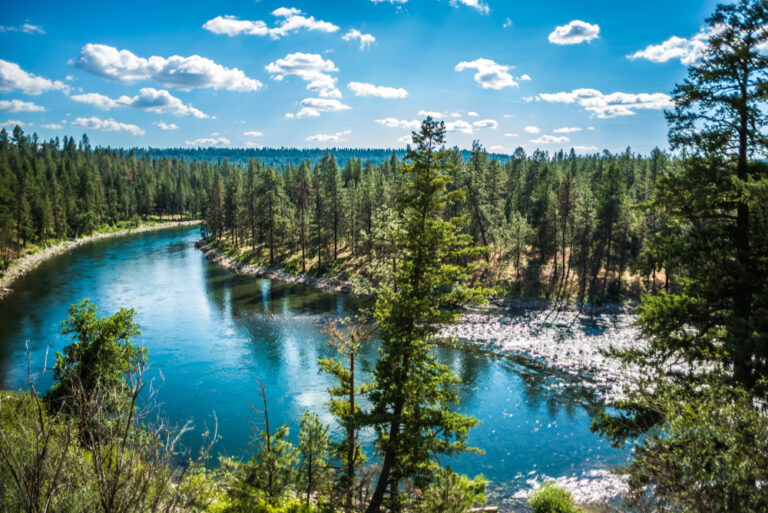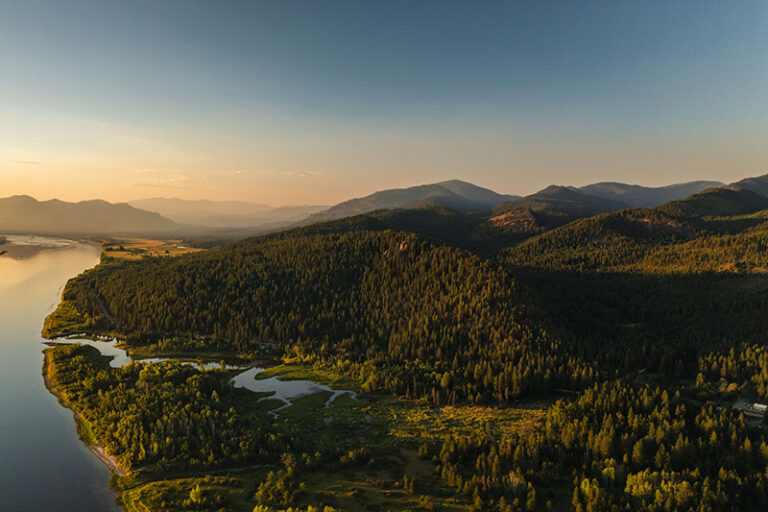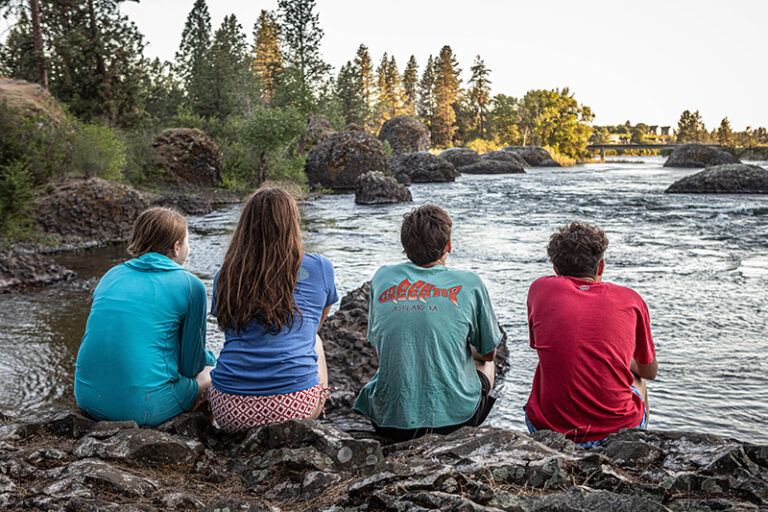From Lance to Landis: Inside the American Doping Controversy at The Tour de France
David Walsh
Ballantine Books, 2007, 334 pages
Seven time Tour de France winner Lance Armstrong: doper. Deposed 2006 Tour de France winner Floyd Landis: doper. The bulk of the professional peloton: dopers. Such is the impression readers will likely take from David Walsh’s From Lance to Landis: Inside the American Doping Controversy at The Tour de France. Though based largely on circumstantial evidence, Walsh exposes a culture that all but forces pro cyclists to dope. As former Motorola rider Greg Swart says, “You couldn’t survive in the sport without [doping].”
Walsh, chief sportswriter for the London Sunday Times, paints a picture of systematic doping and related corruption within professional cycling that doesn’t allow riders to know how good they were or could have been. Clean riders train and race so hard to keep up with the dopers they destroy their bodies or dope as did Frankie Andreu, who was “tired of seeing others take advantage of me.”
From Lance to Landis shows how doping touches everyone in the sport, whether the soigneurs who care for riders or coaches such as Eddie Borysewicz. Before coaching Armstrong, Borysewicz coached the 1984 U.S. Olympic cyclists and helped eight riders with blood transfusions. Doping taints directeurs sportif such as Johan Bruyneel, formerly of Armstrong’s U.S. Postal Service and Discovery Channel squads and now of Astana (a squad left out of the 2008 tour because of doping), who threatened a rider who spoke against doping, saying “we know who is with who.”
The taint falls on sponsors who want results and don’t look for what they don’t want to see. It falls on the International Cycling Union (UCI), which long saw the lack of positive tests as an indication the sport was clean; it wasn’t. Then there’s the often fawning press and all consumed fans. Walsh exposes cycling’s drug culture so the sport can regain credibility. Still, as of this writing, at least two riders in the 2008 Tour have been charged with blood doping. Cycling’s doping culture remains hard to kill.
Bradley Bleck
Working the Woods, Working the Sea
Edited by Finn Wilcox and Jerry Gorsline
Empty Bowl Press, 2008, 376 pages
Two kinds of readers will immediately find intelligence and solace in this anthology of poetry and prose—the older person who had an appetite for hard physical work in his or her youth and went to the mountains and the sea to find it, and the younger person today seeking to escape the institutionalization of primary experiences. As old as civilization is a hunger to abandon the meaningless abstractions of the educated mind and it takes an improbable mix of determination, contrarian virtues, attunement and a longing for simplicity to succeed. “Working the Woods, Working the Sea” is a collection of writing by intellectuals with honed manual skills, other humble characters still living precariously on remote back roads and several with global credentials. These writers adopted and nurtured a vernacular ringing with an astonishing authenticity of lives lived and places loved and the attitudes and information they offered western culture continue to resonate. The material is about the tail end of the west’s resource-based economies of logging and fishing and, through the rhythmic memories of muscles and camaraderie, the gifts of thousands of years’ old natural systems and human ancestors that preceded us. It also anticipated modern ecology, bioregional strategies and the more recent mainstream acknowledgement of sustainable practices, honoring the sacrament of physical labor and being stalwart in one’s commitment toward the kinship of life.
This is eloquent writing about planting trees in ruined forests, restoring devastated salmon streams and finding epiphanies—and sometimes anger and grief—in dangerous, necessary work. Some of these writers are still young and some are no longer living and all chose to clear difficult, often solitary paths to get to where they were going. There is a resilient tribe revealed in this book but like many natural treasures it dances on the edge of extinction. It is re-populated by those among us who choose a fate and a language among the daimons of a weathered and wondrous world.
Terry Lawhead
Everest: A Climb For Peace
A Lance Trumbull Film
EverestPeaceProject.org, 2008, 63 minutes
“Compassion and tolerance are not a sign of weakness, but a sign of strength.” Those words ring true all over the world, yet translating them into a human endeavor has always proved difficult. During his philosophy classes at UC Berkeley, Lance Trumbull studied multiple worldviews with a distinct aim at reconciliation. Later on, after a trip to the Himalaya, he took the Dalai Lama’s quote to heart and hatched a plan to bring together as many worldviews as possible, build a mountaineering team, and shoot for the summit of Mount Everest.
Clearly not your average outdoor film, the Everest Peace Project was filmed on location in Nepal, Tibet, Israel, Palestine, Jordan, and the United States. Nine ‘peace climbers’ from different faiths and cultures spend over two months working together towards a common goal during one of the most controversial mountaineering seasons in history. The results are anything but typical.
Narrated by Orlando Bloom, their story centers first on the Palestinian and Israeli climbers, and then unfolds to include, among others, a Christian from South Africa and an atheist from New Zealand. Not once does the film stray into muddled conversations or blame games, yet the climbers, including the Buddhist Sherpas, remain true to their faith. This creates a brilliant vessel for great dialogue, clever observations, and genuine selfless teamwork.
Typical of most mountaineering movies, particularly Everest films, the cinematographer does not get due credit. Brad Clement captured some tingling moments, spectacular views, and desperate, wind-blasted action, all while summitting and surviving on Mount Everest himself.
Sometimes the goal is a mountaintop while other times the goal is a journey, or perhaps even a process. Blend peace-first attitude with the human spirit, and you would be surprised with what happens. Peace climber Micha Yaniv summarizes, “It’s easy to be friends with people, and difficult to be friends with governments. (That’s why) it’s important to remember we’re all people.”
Jon Jonckers













